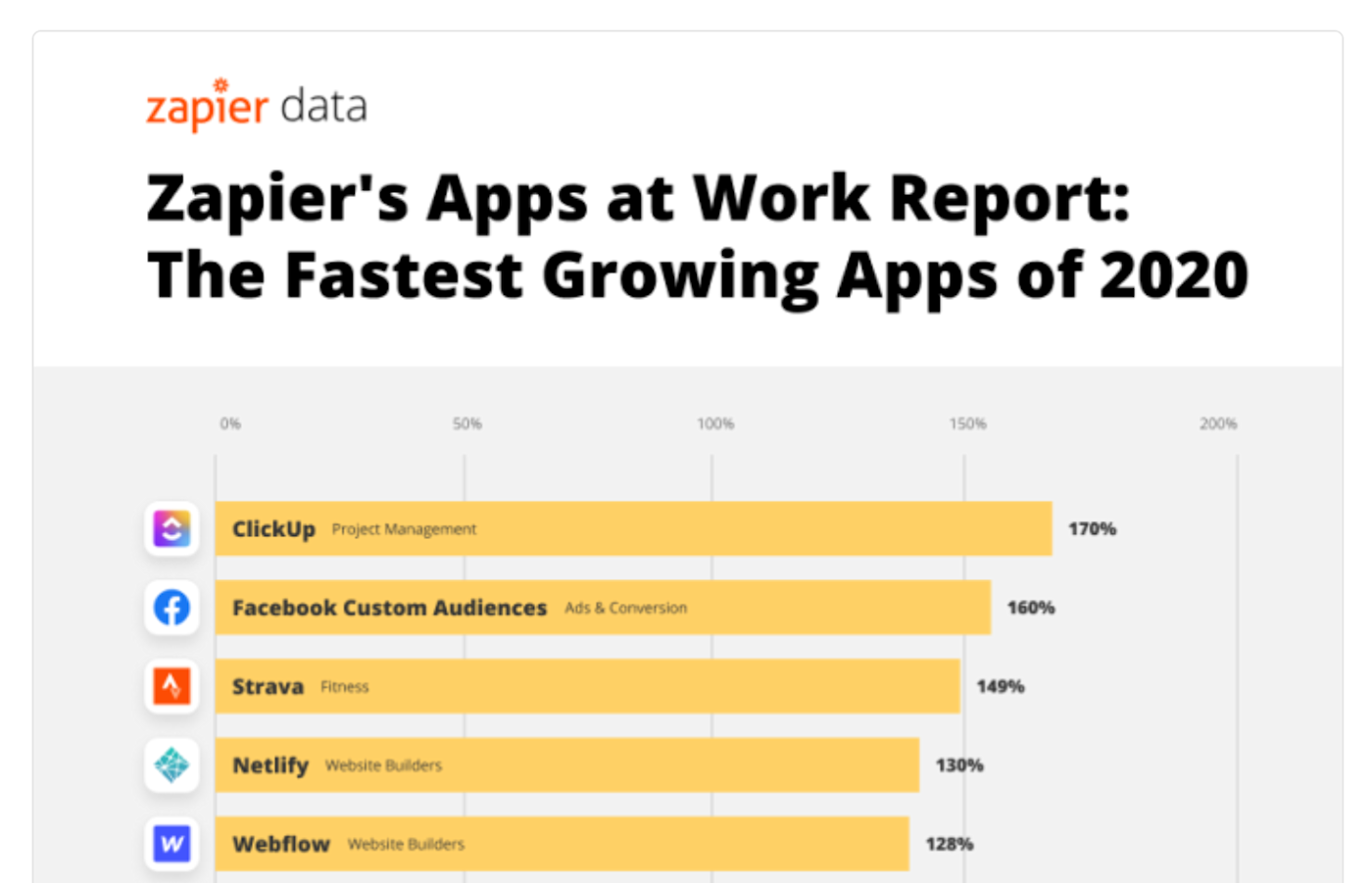I've been in the content marketing biz for four years, and for a lot of that time, I felt conflicted about my work. Why? It felt like there was no meaning in the words I wrote and read.
I was writing the kind of content that Justin Pot refers to as "the bad kind of content marketing." The good kind is "useful, entertaining, or otherwise engaging"—but when content marketing doesn't do its job, it's just mirage content meant to bump a website on the SERPs.
This empty content feels bad to read, and it feels even worse to write.
If you don't have the resources or creative freedom to infuse meaning into your content, it's not fun for you or your readers. But as I gained more independence in my content writing career, I found marketers who cared about delivering useful content. Their work and mentorship helped me understand that not every piece of content marketing has the sole purpose of meeting a word count or covering a certain number of keywords.
So, as content marketers, what can you and I do to deliver content that matters? There's no simple answer, but I've learned a few tactics that I return to over and over. Becoming a better content marketer is always a work in progress, so think of these strategies as a starting point.
1. Find a unique angle
With such a focus on SEO in content marketing, it can be tricky to avoid writing about the same topics as other folks. In the end, you're all writing about whatever people are searching for. But you can still differentiate yourself by finding a unique angle on your topic. I've found two ways to do that:
Narrow the focus of the topic
Make it personal
For this blog post, I'm using both tactics to present a new take on a broad topic. I've written about good content before for CoSchedule, and it made me want to explore the topic of unique content more. So here, I'm leaning in to the concept of "mirage content" and my personal experience to offer a new angle on the subject. The Zapier blog does this pretty consistently, actually, taking a topic (like treadmill desks) and bringing something new to the table by personalizing it.

If you're having a hard time looking for an angle, ask yourself what matters to you about the subject. Think about possible subtopics or framings that excite you about your topic. In the end, you'll have more in-depth content to write about because it's what you know and care about.
2. Go against the grain
Every industry has popular beliefs and best practices that nobody's challenged. If you have an opinion that runs against those concepts, share it. You might have folks who will disagree with you, but you'll also find readers whose minds will be blown.
As Ryan Law at Animalz points out, opinionated content is often information filtered through someone's expertise, giving it much more value than a generic listicle. Your opinions come from your knowledge and experience, and your readers will notice that authority when you share them.
In line with Ryan's argument, the Animalz blog has made a name for itself with its unique takes. For example, one blog post teaches you how to argue like a lawyer, when a lot of content marketing thought leadership tries to stay away from academic subjects and frameworks.

You'll see a lot of contrarian ideas on the Zapier blog, too, like one blog post that argues you don't need goals. If you read a productivity blog for five seconds, you'll see content covering career goals. Meanwhile, the Zapier post throws that common advice out the window in favor of a career plan that makes you happy.
If you decide to write content that goes against common belief, make sure you have the evidence to back up your argument—don't just be contrary for contrary's sake.
3. Interview a subject matter expert
Of course, you won't have personal experience or opinion on every topic. If that's the case, why not get help from someone who does? Subject matter experts (SMEs) have oodles of information in their heads that give them one-of-a-kind viewpoints on your topic. Try interviewing one to get original content. You can make a call for opinions on HARO or social media or reach out to specific experts directly.
In its simplest form, an SME-supported article consists of an interview with someone who thoroughly understands the topic you want to cover. Take a look at this Zapier interview with Chris Bailey, a successful author on productivity. Since the article author, Jill Duffy, also has tons of experience in the field, the interview turned into a thoughtful discussion about the meaning of productivity.
Content that uses input from SMEs doesn't always have to focus on a single interview with one person, though. Saphia Lanier strengthened her points in an article on conversational marketing with quotes from people who'd actually used it for their businesses. She got statements from people with a broad range of experiences to make her argument relatable to all kinds of businesses.
4. Dig into your organization's data (or create some)
It's easy to fall into the trap of sticking to the best data you can find on Google—but people are kind of sick of hearing the same stats over and over. If you work for an organization that has usable data, you have a one-of-a-kind resource that your competitors don't have access to.
For example, Zapier releases a yearly fastest growing apps report based on the number of people using each of the apps on their platform. And Michal Pecánek at Ahrefs studied more than 15,000 keywords to see if there's a direct link between rankings and Flesch reading ease score. Think of the resources you have special access to, and use them to present information that other marketers can't.

You can also create data by commissioning a survey. Zapier does this with regular data reports, which are used to pitch to the media but also become part of their content marketing. For example, you'll see Zapier's data in action in the final section of this post on side hustles.
5. Talk to your customers
Your customers are the number one audience for your content. If you're wondering how to make your content more meaningful for them, ask them.
Thorough audience research is key to finding ideas that resonate with your readers. Survey or interview your most engaged customers about the topics that matter to them. When you cover subjects that your top fans love, you'll attract more folks like them who have a higher chance of enjoying your product.
You can even interview your customers about themselves. Oatly's "Hey, Barista!" series profiles the personal lives of baristas who use Oatly to add a human touch to the brand's marketing. These interviews don't have a single Oatly plug—instead, they dive into each barista's passions and experiences. The goal here is to build a bond with barista readers, not to push a sale.

In information-heavy industries, you can also invite your customers to create guest content. Zapier encourages guest posts all the time: customers get the chance to promote their business, and Zapier gets to share blog posts that are relevant and helpful for their readers. Zapier editors and writers don't necessarily have the experiences their customers are looking to relate to—other customers do.
Long story short: share what makes you unique
Meaningful content requires you to go outside the SERPs and turn to the people who matter in your content operations: your colleagues, your customers, and yourself. Look for the ideas that only you can share, and put them on the screen.





